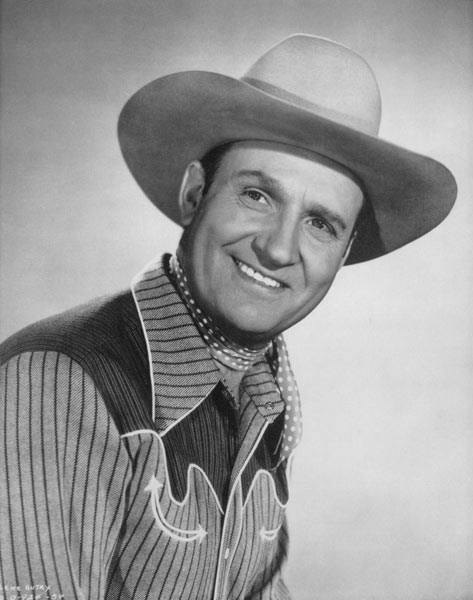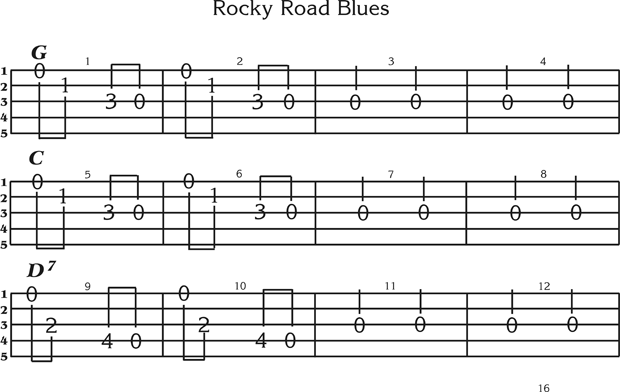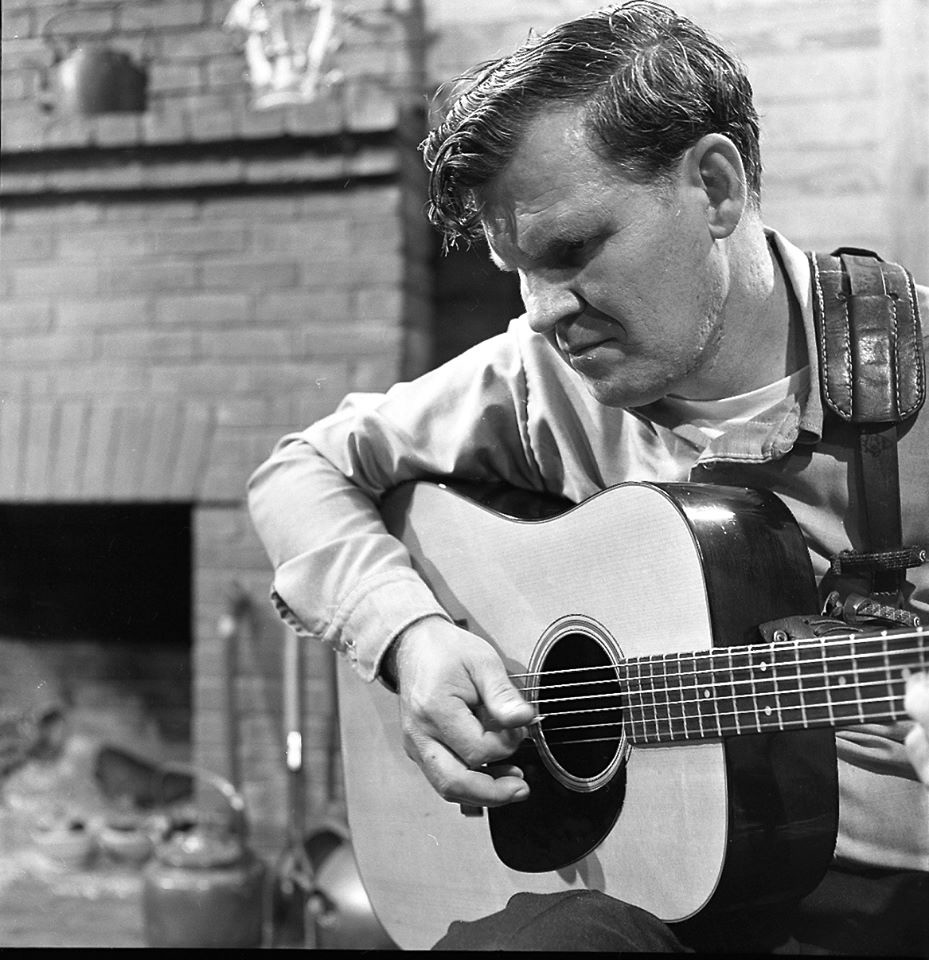The Native Ground family is so excited to gather again for the holidays. This season is always a time for good music, tasty food food, and of course, gifts! The Native Ground catalog provides endless possibilities for thoughtful gift-giving and we’ve put together this short but sweet 2021 Holiday Gift Guide for you! Treat your friends and loved ones to any number of books on vintage baking or how to play their favorite instrument. Don’t forget that all of our books come in digital download form too!
Search Results for: Instant C-THR88-2405 Discount 💞 Vce C-THR88-2405 Exam 🐠 Exam Sample C-THR88-2405 Questions 🐅 Search on ✔ www.pdfvce.com ️✔️ for ➤ C-THR88-2405 ⮘ to obtain exam materials for free download 📶Hot C-THR88-2405 Questions
A Word About the Free Bluegrass Guitar Tabs

Howdy!
These free bluegrass guitar tabs are written out in my unique tab system that I invented after teaching guitar for fifty years. Instead using numbers on the strings to represent the fret that you play, I put the name of the note that you play on the string.
This method does require you to learn the names of the eight notes of the scale, and where to find them on your guitar. This may seem like a “royal pain,” but trust me, this will give your music a BIG BOOST. You absolutely need to know the name of the
Bluegrass Music in Western North Carolina

Western North Carolina has long been fertile ground for the growth of bluegrass music. In fact, no other region or state has contributed so much to its development.
For many people, the appeal of bluegrass music is that it is a relatively new form of music that sounds old. Most scholars agree that bluegrass first gained national attention when Bill Monroe and the Bluegrass Boys appeared on the Grand Ole Opry in 1945. In addition to Bill Monroe himself, this legendary band consisted of Lester Flatt (guitar), Earl Scruggs (banjo), Chubby Wise (fiddle) and Cedric Rainwater (bass). The reason that
Rattlesnake Fangs, Fiddles, Mandolins & Folklore
By Wayne Erbsen
 People have always had a strange fascination with rattlesnakes. As one of America’s most poisonous snakes, they are both feared and hated, and yet their rattles are prized for their mythical and magical properties.
People have always had a strange fascination with rattlesnakes. As one of America’s most poisonous snakes, they are both feared and hated, and yet their rattles are prized for their mythical and magical properties.
While doing research for this article, I ran across an amazing number of stories, some true, some pure myth, about rattlesnakes or “rattlers,” as they are sometimes called. One old timer personally told me the following story as the gospel truth, but I have since found versions of it that were collected both in the Southern Appalachians, and in Western Europe.
It seemed
Diamond Joe

By Wayne Erbsen
I’ve always been a sucker for a good ole cowboy song. This isn’t because I was born and raised on a cattle ranch in Texas; I’m actually a native of southern California. Growing up in the late ’40s and early ’50s, I was raised on a diet of TV westerns like Hopalong Cassidy, The Lone Ranger, Maverick, Rawhide, The Rifleman, Bonanza, and Have Gun – Will Travel. Actually, I was listening to The Lone Ranger and Gunsmoke on the radio before they became popular TV shows. My favorite movies were Shane
Rocky Road Blues – Free Bluegrass Banjo Tab

Need a quick lesson on how to read Wayne’s free bluegrass banjo tabs? Read the brief instructions here: “A Word About the Free bluegrass Banjo Tabs.”
 https://nativeground.com/a-word-about-these-free-bluegrass-banjo-tabs/
https://nativeground.com/a-word-about-these-free-bluegrass-banjo-tabs/
The Dreaded Count-In
By Wayne Erbsen
Perhaps you’re a lurker at the bluegrass jam or pickin’ session. Sometimes you’ve heard the musicians count at the beginning of the songs with “one, two, three” or “one, two, three, four” and wondered how and why they’re doing that. You may have been in a position of having to start a song in a jam, and you’ve dreaded having to do the count-in. In either case, read on.
When it’s your turn to start a song in a jam, the surest way to get the other musicians to come in at the right place is to
Doc Watson’s ‘Your Lone Journey’ + tab for fiddle, mandolin & banjo

 Whenever two old-time musicians get together to sing, there is one special song that is always held in high esteem: “Your Lone Journey.” I’d always heard that Doc Watson’s wife, Rosa Lee, wrote it, but often wondered about how she came to write it.
Whenever two old-time musicians get together to sing, there is one special song that is always held in high esteem: “Your Lone Journey.” I’d always heard that Doc Watson’s wife, Rosa Lee, wrote it, but often wondered about how she came to write it.
Recently, I asked my friend, David Holt, what he knew about the song. Of course, David and Doc played together for years. Here’s how David explained the origins of the song:
”Rosa Lee told me she was sweeping the house one day and thinking about people in her family who had passed on. She
Grandpa Jones
By Charles Wolf
It was a hot night at the Grand Ole Opry in the summer of 1995. Out frontthe crowd in the Opry house was stocking up on Cokes and trying to explain to northern visitors what Goo Goos were. Backstage the talk was about whether or not the Houston Oilers were serious about moving to Nashville. Announcer Kyle Cantrell was checking over his schedule and getting ready to introduce the host for the 8:30 P.M. segment of the world’s longest running radio show. He smiled when he saw who was up next.
 Accompanied by his back-up band of
Accompanied by his back-up band of
Is It Hard to Play the Mandolin?
By Wayne Erbsen
Heck no! It’s easy as eating pie if you approach learning the mandolin in the right way. Of course, there is no shortage of free information, tab, and musical notation of mandolin music on the web. The challenge is finding information that’s geared to your style of learning.
A lot of the music for mandolin is written out in a system called “tab.” Numbers on lines represent the fret that you play on a string. This might be OK at first, but it’s actually a ridiculous way to learn. Why? Because learning from tab will insure that


